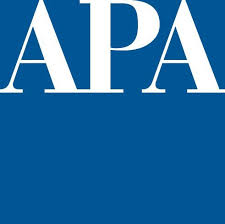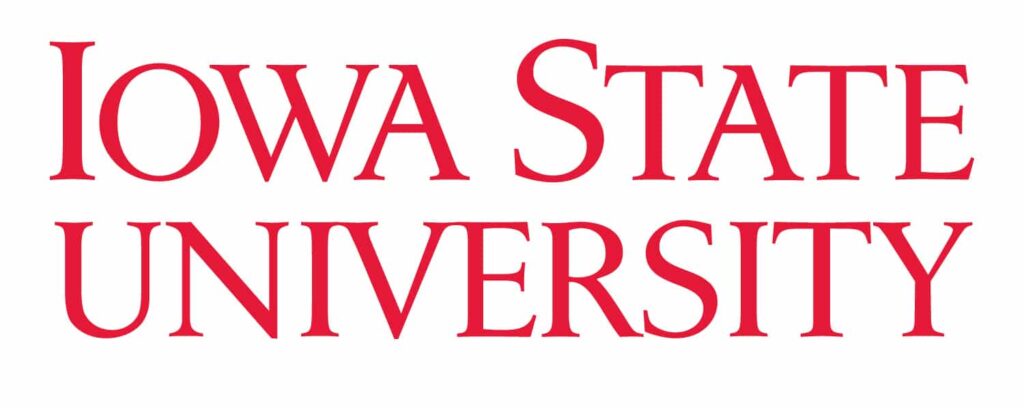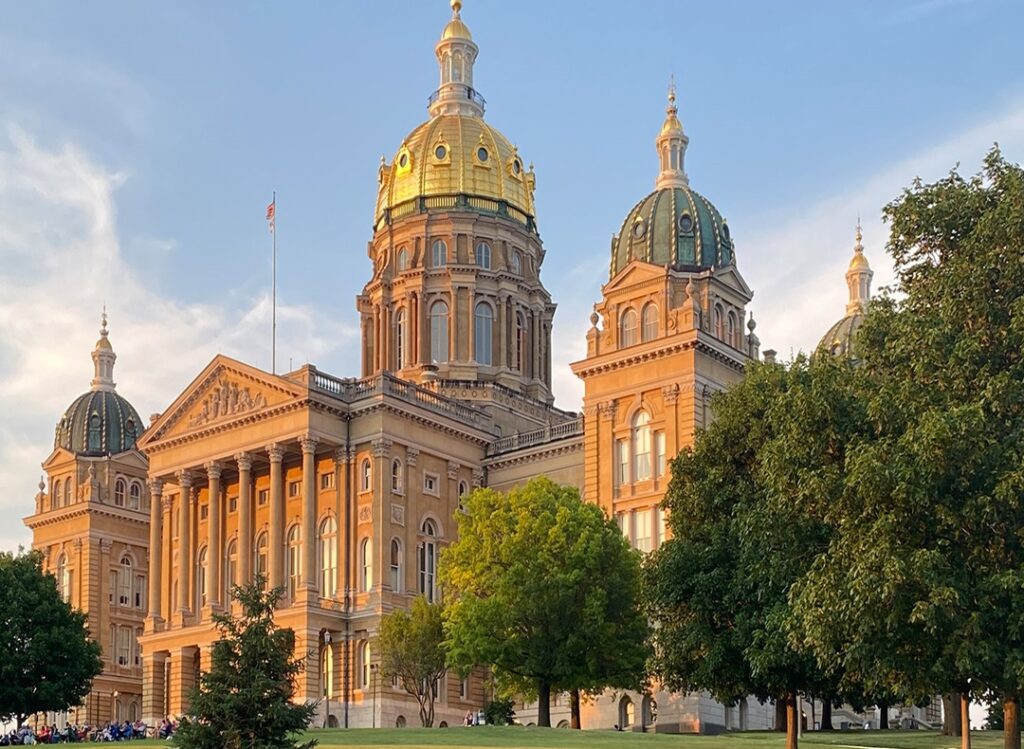Majority of SBA loan recipients failed to provide demographic information
‘We need to be able to see the population who is getting the funds,' one Black leader says

Among the questions asked about the Small Business Administration’s forgivable loan program has been whether the aid is reaching minority business owners.
The short answer? It’s difficult to know.
That’s because 75% of the applicants who received aid through the highly touted Paycheck Protection Program did not provide demographic information about the borrower, according to the SBA. In Iowa, 70% of applicants who received loans provided demographic information.
Providing demographic data on the loan application was voluntary, not mandatory, according to information the agency included with this week’s release of detailed information about the loan program.
 “We have to know what the truth is in order to resolve the challenges. Not requiring something that’s so important on an application is a way to avoid addressing the problem.”
“We have to know what the truth is in order to resolve the challenges. Not requiring something that’s so important on an application is a way to avoid addressing the problem.”The Paycheck Protection Program is the cornerstone of the multitrillion-dollar federal coronavirus rescue program designed to help small business and nonprofit groups stay afloat and keep workers on payrolls during the pandemic-related economic shutdown.
Through June 27, nearly $519 billion in loans have been approved for nearly 4.8 million small businesses and nonprofits with 500 or fewer workers, according to the SBA. In Iowa, 58,463 businesses and nonprofits have been approved for loans totaling more than $5 billion, according to the SBA.
The SBA issued rules for the program that included prioritizing underserved and rural areas. However, the SBA failed to issue the guidance to lenders, according to an inspector general report issued in May. In addition, the SBA did not include “optional standard demographic information for principals” on the loan application, the report said.
Consequently, “borrowers, including rural, minority and women-owned businesses may not have received the loans as intended,” the report said. In addition, because the SBA did not require demographic data to be completed on the loan applications, “it is unlikely that [the federal agency] will be able to determine the loan volume to” business led by minorities and women or located in rural areas, the report continued.
The lack of information has not stopped top SBA administrators from touting that the loans have reached underserved areas. In a May hearing before Congress, SBA director Jovita Carranza indicated that 45% of the Paycheck Protection Program money went to “low-income areas.”
Data released this week by the SBA doesn’t include enough information to support Carranza’s claim.
National SBA officials did not respond to questions sent to them about the issue.
“It’s important to collect data in circumstances like this because we have to be able to measure the results,” said Betty Andrews, president of the Iowa-Nebraska Chapter of the NAACP State Conference of Branches. “It’s the only we can assure that the distribution of funds – and the access to funds – is available to all. We need to be able to see the population who is getting the funds and where the location of where the funds are going.”
Historically, Black business owners have not developed relationships with financial institutions, Andrews said. Typically, the only banking service Black business owners use is a savings or checking account, she said.
“In a time of crisis like we are in now, it’s definitely more challenging for someone who doesn’t have a relationship with a bank to navigate something as complicated as getting a PPP loan than it is for someone who has those relationships,” Andrews said.
The National Bureau of Economic Research, in a report issued in June, found that Black-owned businesses were hurt the most by the novel coronavirus outbreak.
Specifically, between February and April, fallout from COVID-19 contributed to a 41% drop in the number of Black business owners in the U.S., according to the report by the Cambridge, Mass.-based nonprofit research organization, which includes representatives from U.S. research universities and national economics organizations. In February, there were 1.1 million Black-owned U.S. businesses; in April there were 640,000, according to the report.
During the same period, the U.S. saw the number of active business owners drop 22%, the report said.
There’s no way to know whether receiving a loan through the Paycheck Protection Program would have kept now-closed businesses open, DeJear said. What is known is that “African Americans are more than two times more likely to get denied for a loan. So many say ‘Why try?’” she said.
The disparities that already existed in providing financial assistance to minority-owned businesses are even more reason for the SBA to have collected demographic information, she said.
“The bits and pieces of information we have gotten from the SBA shows us an issue that we need to address immediately as it relates to access to capital,” DeJear said.
In Iowa, 722 businesses that identified themselves as being minority-owned received a Paycheck Protection Program loan. That’s just 4% of the businesses that provided demographic information on the loan application and 1.2% of all Iowa businesses that were approved for loans.
In June, Jayne Armstrong, director of the SBA’s Iowa District Office, told the Business Record that the agency wanted to make more loans to Black-owned businesses. She said the SBA was working with Urban Dreams, a social services organization, and the local NAACP branch to get word to Black small business owners about the program.
Andrews said the SBA could be doing even more.
“They need to be very deliberate about it,” she said. “There are organizations like minority churches and fraternities and sororities that could be tapped into. They could collaborate with these groups to make sure minority businesses are included in this program.”
RELATED: Thousands of Iowa jobs protected by Paycheck Protection Program, newly released data shows
More information
To view the Iowa businesses who received loans through the Paycheck Protection Program, click here.










